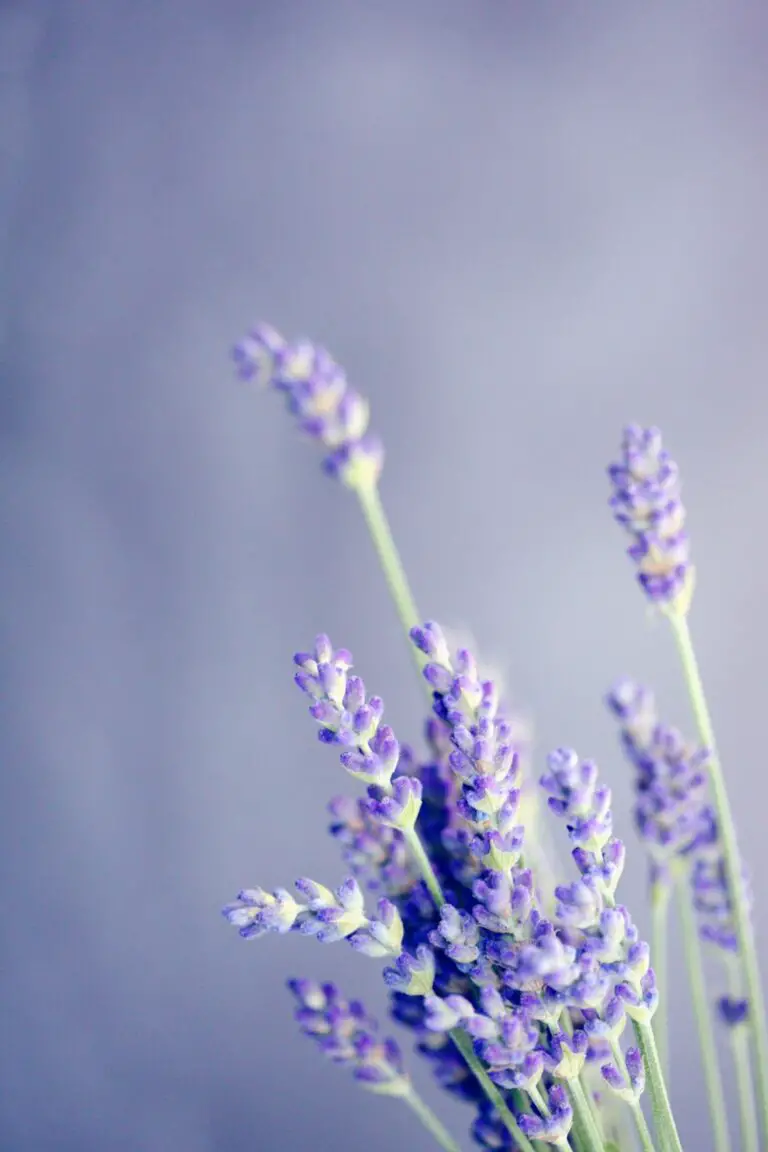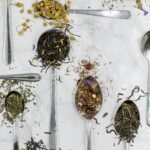Support our educational content for free when you purchase through links on our site. Learn more
Do Tea Plants Come Back Every Year? [2024]
Have you ever wondered if tea plants come back every year? It’s a common question among tea enthusiasts and those interested in growing their own tea. In this article, we’ll explore the answer to this question and provide you with all the information you need to know about tea plants and their lifecycle.
Quick Answer
Yes, tea plants do come back every year. Tea plants, scientifically known as Camellia sinensis, are evergreen shrubs that can survive winter temperatures when properly cared for. They are hardy to USDA zones 4-9, which means they can withstand the typical temperatures of these zones. With the right conditions and care, tea plants can thrive and produce tea leaves year after year.
✅ Check out our selection of tea plants on Amazon
Quick Tips and Facts
Before we dive deeper into the topic, here are some quick tips and facts about tea plants:
- Tea plants are evergreen shrubs that belong to the Camellia family.
- They can be maintained at a height of 5′-7′ and are hardy to USDA zones 4-9.
- Tea plants have a chill hour requirement to ensure proper bud development in the spring.
- They can tolerate a wide variety of soils as long as they are well-drained and moderately rich, with a pH around 6.3-6.8.
- Tea plants can be grown in containers, but they require a container of at least 25 gallons.
- Proper watering, fertilization, and care are essential for the successful growth of tea plants.
Now that we have covered the basics, let’s delve into the background and history of tea plants to understand their lifecycle better.
Background: Tea Plants and Their Lifecycle
Tea plants, or Camellia sinensis, are native to East Asia and have been cultivated for thousands of years for their leaves, which are dried and fermented to make tea. These evergreen shrubs have a unique lifecycle that allows them to come back every year and produce tea leaves.
Tea plants can be grown from seeds or propagated through cuttings. Once planted, they require specific conditions to thrive. Tea plants are hardy to USDA zones 4-9, which means they can survive in temperatures typical of these zones when properly hardened off. However, they do have a chill hour requirement, which ensures that their flower and leaf buds wake up uniformly in the spring.
Tea plants can tolerate a wide variety of soils, as long as they are well-drained and moderately rich. The ideal pH for tea plants is around 6.3-6.8. If you’re growing tea plants in containers, make sure to use a container that is at least 25 gallons in size to provide enough space for the roots to grow.
Tea Plants and Winter Survival
One of the main concerns for tea plant growers is how tea plants survive winter. As mentioned earlier, tea plants are hardy to USDA zones 4-9, which means they can withstand the typical temperatures of these zones. However, proper care is essential to ensure their survival during the winter months.
During the winter, tea plants go into a dormant state. They shed some of their leaves and slow down their growth. This is a natural process that allows them to conserve energy and protect themselves from the cold. However, it’s important to note that tea plants are not completely dormant during the winter. They still require some care and attention to ensure their survival.
Here are some tips to help tea plants survive winter:
-
Protect from extreme cold: If you live in an area with extremely cold temperatures, consider providing some protection for your tea plants. You can use mulch or a protective cover to shield them from the cold.
-
Water sparingly: During the winter, tea plants require less water than during the growing season. Water sparingly to prevent overwatering, which can lead to root rot.
-
Prune selectively: Pruning tea plants in late winter or early spring can help promote new growth and maintain their shape. However, be selective in your pruning and avoid removing too much foliage.
-
Monitor for pests and diseases: Even during the winter, tea plants can be susceptible to pests and diseases. Keep an eye out for any signs of infestation or disease and take appropriate measures to control them.
By following these tips and providing the necessary care, you can ensure that your tea plants survive winter and come back stronger in the following year.
How Many Times Can You Harvest Tea Plants?
Now that we know tea plants come back every year, you might be wondering how many times you can harvest them. The answer to this question depends on several factors, including the age of the tea plant, growing conditions, and the specific variety of tea.
In general, tea plants can be harvested multiple times throughout the growing season. The first harvest usually takes place in the spring, when the new growth is at its peak. This is known as the first flush, and the leaves harvested during this time are considered to be of the highest quality.
After the first flush, tea plants can be harvested again later in the season, typically during the summer and fall. However, the quality of the leaves may not be as high as the first flush. The number of harvests you can get from a tea plant depends on its age and overall health. Younger plants may produce fewer harvests, while older, well-established plants can be harvested multiple times.
It’s important to note that tea plants need time to recover between harvests. Overharvesting can weaken the plant and affect its long-term health. It’s recommended to leave a sufficient amount of foliage on the plant to ensure its vitality and future growth.
FAQ
Can tea plants survive winter?
Yes, tea plants can survive winter when properly cared for. They are hardy to USDA zones 4-9 and can withstand the typical temperatures of these zones. However, some protection and care may be necessary in areas with extremely cold temperatures.
Read more about “Can You Grow Camellia Sinensis in the USA? …”
What is the lifespan of a tea plant?
Tea plants have a lifespan of several decades. With proper care and maintenance, tea plants can live for 30 years or more. However, their productivity may decline as they age, and they may require more attention to ensure their health and vitality.
Read more about “… Green Tea Plants for Sale: Your Guide to Growing Your Own Tea Garden”
Do tea saplings survive winter?
Tea saplings, or young tea plants, can survive winter with the right care and protection. It’s important to provide them with adequate insulation and shield them from extreme cold temperatures. Proper watering and care are also essential for their survival during the winter months.
Read more about “Is Tea Easy to Grow? …”
How many times can you harvest a tea plant?
The number of times you can harvest a tea plant depends on several factors, including its age, growing conditions, and variety. In general, tea plants can be harvested multiple times throughout the growing season, with the highest-quality leaves usually obtained during the first flush in the spring.
Read more about “Herbal Tea Seeds: Grow Your Own Medicinal Tea Garden …”
Conclusion
Tea plants are evergreen shrubs that come back every year and can be a rewarding addition to your garden. With the right conditions and care, tea plants can survive winter and produce tea leaves year after year. They are hardy to USDA zones 4-9 and can tolerate a wide variety of soils. Proper watering, fertilization, and care are essential for their successful growth.
If you’re interested in growing your own tea, we recommend starting with tea plants that are suitable for your climate and growing conditions. Choose a reputable supplier and follow their planting and care instructions for the best results. With a little patience and dedication, you can enjoy the pleasure of harvesting your own tea leaves and brewing your own delicious tea.
✅ Check out our selection of tea plants on Amazon
Recommended Links
- Green Tea Cultivation
- Herbal Tea Planting
- Tea Plant Varieties
- Soil and Climate for Tea
- How To Grow A Tea Plant: A Comprehensive Guide for Success 2023







